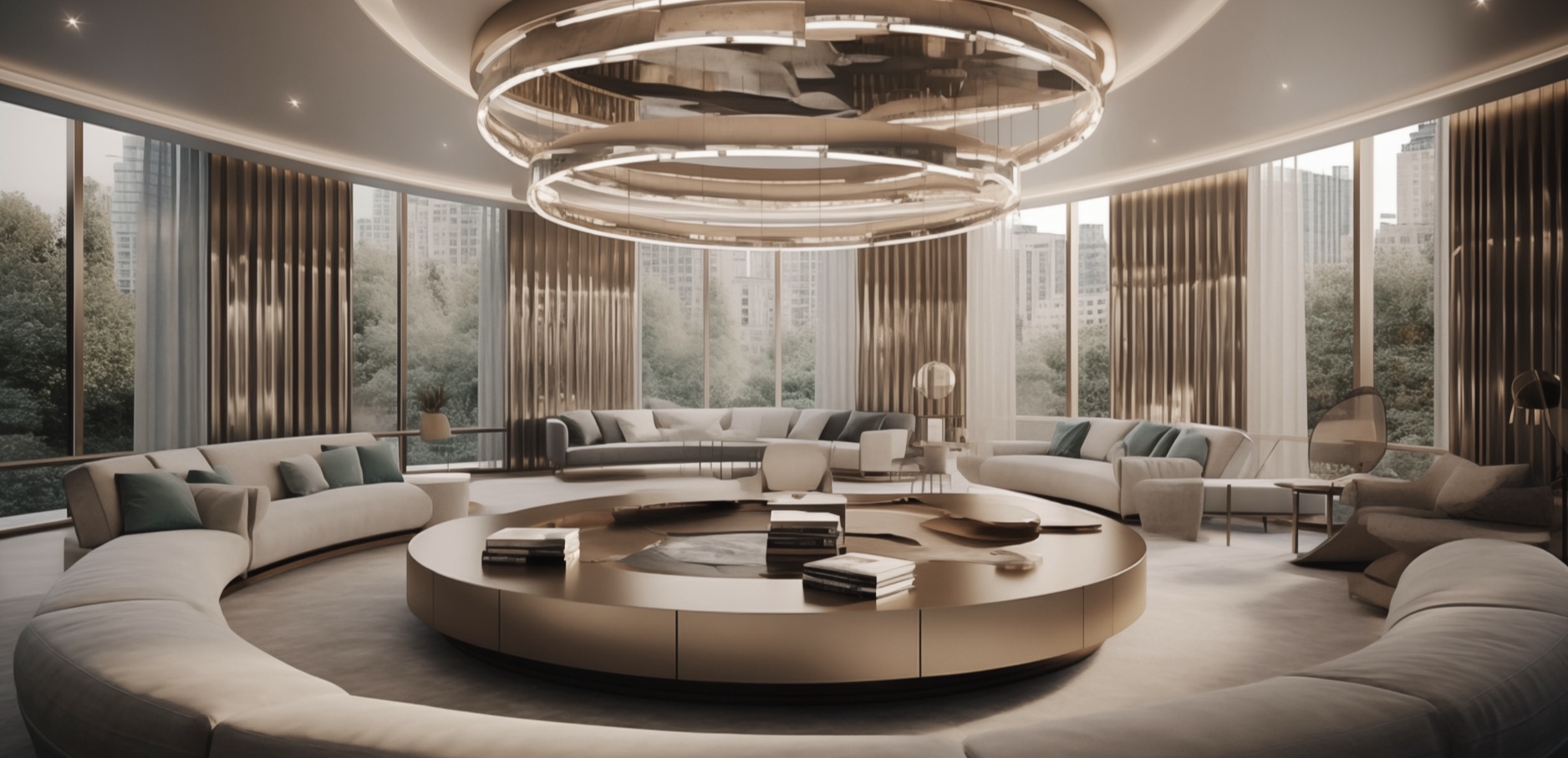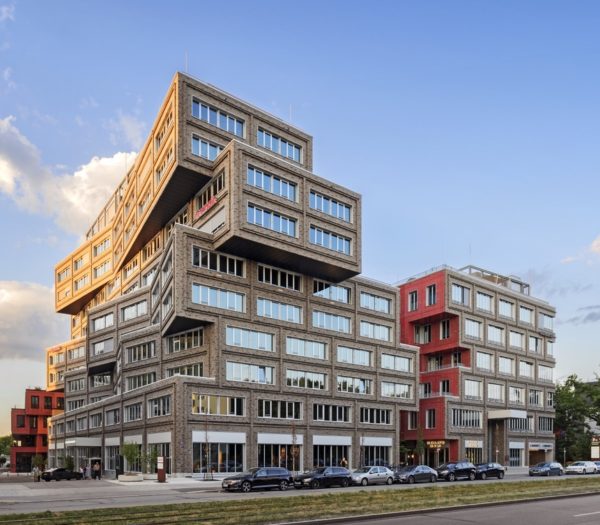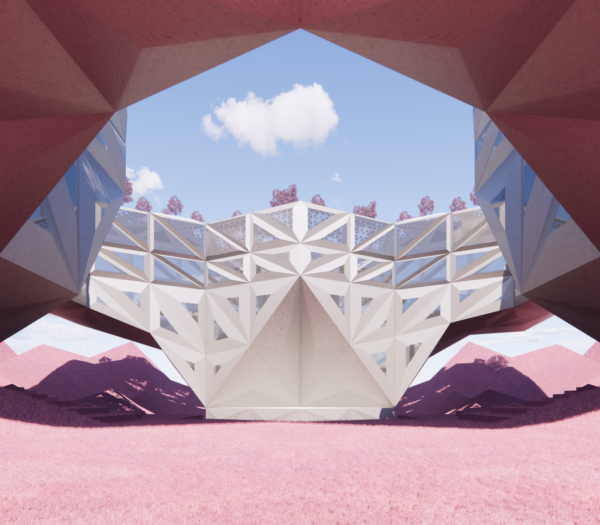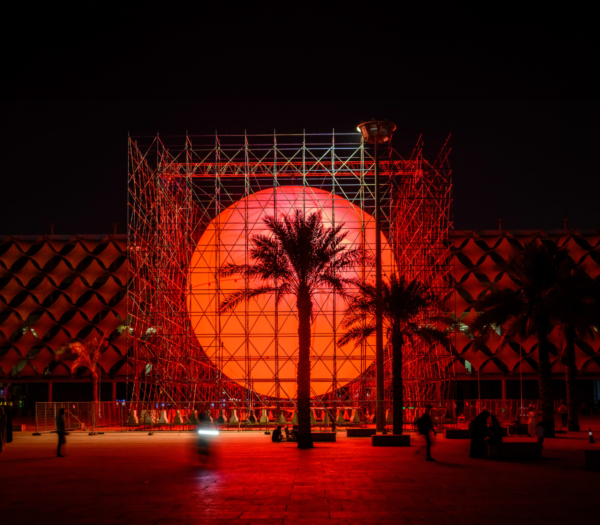In 2022, Matthias Hollwich, AIA, founding principal at the global architectural design firm HWKN, was having dinner in London with tech industry friends. One of them shared Dall-E, an Open AI variant that could create whimsical images from text. Dall-E (a mashup of the name of artist Salvador Dali and Pixar’s robot character Wall-E) had made its debut the previous year. “We created a painting together,” Hollwich said from his New York office via Zoom. “It was the first time I’d confronted a creative tool I was unaware of.” Then for fun, Hollwich put 20 images of himself into the photo enhancer Lensa. “It gave me 50 new images of myself. In one of them I liked the haircut,” he said with a laugh, “and took the image to my barber who cut my hair based on the AI invention.” While the activity might seem trivial, Hollwich called it an “‘Aha! Moment.’” “If I could redesign myself through AI and have it physically translated, this is architecture. This is how we basically do our process here at HWKN,” he said. For Hollwich, playing, exploring, experimenting, and innovating are serious business and likely why in March Fast Company honored HWKN as one of its Most Innovative Companies in architecture. Since his “aha” moment, Hollwich has been redefining how HWKN — and perhaps the architecture industry itself — can use AI to its advantage.

Hollwich and his partners at HWKN explored various AI programs including Arkdesign (the first AI platform for schematics); Spacemaker (now owned by Autodesk, which creates and evaluates options early in the design process); and Midjourney (which produces stunning visuals). They learned a few things right away, particularly with Midjourney. They inserted prompts and played around in the system. What emerged “was super ugly,” Hollwich said, “but the kind of forms that were created were interesting. We knew we could train the model and come to a design direction that looked a little like something HWKN might do.” Today’s AI is biased in that it pulls only from images that already exist online, and the prompting itself can lead to biased responses. For example, if you don’t ask AI to retrieve building ideas from all over the world, you may end up only with popular Western typologies. Hollwich and his team worked at refining and controlling their prompts and began to see that AI could do more than help create HWKN-style buildings. “We can actually reinvent architecture with it and find new sets of rules,” he said. “The prompt is the crucial element.” HWKN then did something Hollwich calls “reverse engineering.” They rebuilt an image in Rhino 3D modeling software “and translated it into an architectural proposition. It became simpler and a little more architectural.” They tried different prompts and “let AI loose in Frankfurt [Germany], generating 5,000 different designs,” he said. The sheer number of possibilities was great, but “when you can do everything, you do nothing,” Hollwich said. “You have to find a purpose.” He likens the dawning of AI to the beginnings of Modernism. “When industrialization came into architecture and we could mass fabricate buildings, that was a revolution,” he said. Many architects abandoned craft and Modernism became a standard. Hollwich believes AI is not just a trend but a new tool that can generate something entirely new just as Modernism did. “We’re at the moment of paradigm change. We believe you can use the tool to be much more contextual, and that’s where the value is in today’s economy.”






